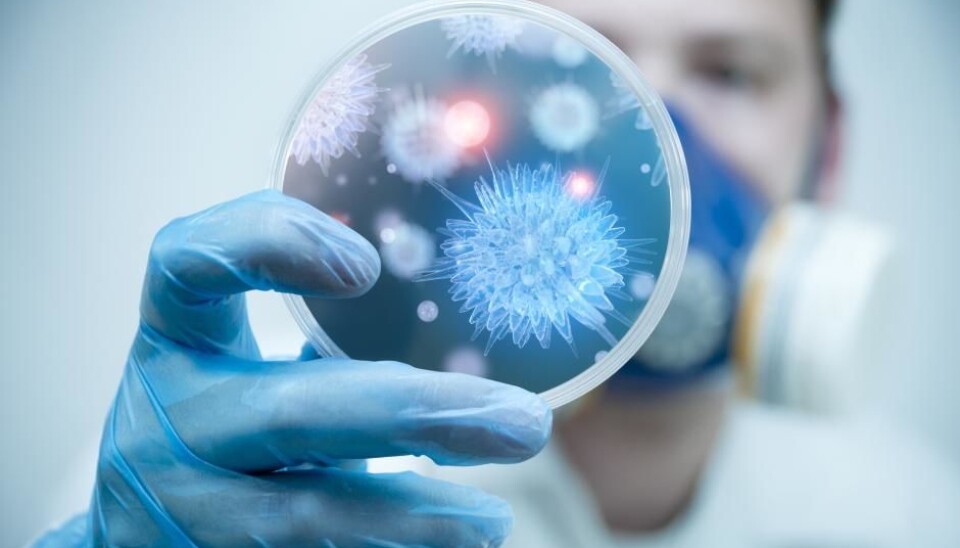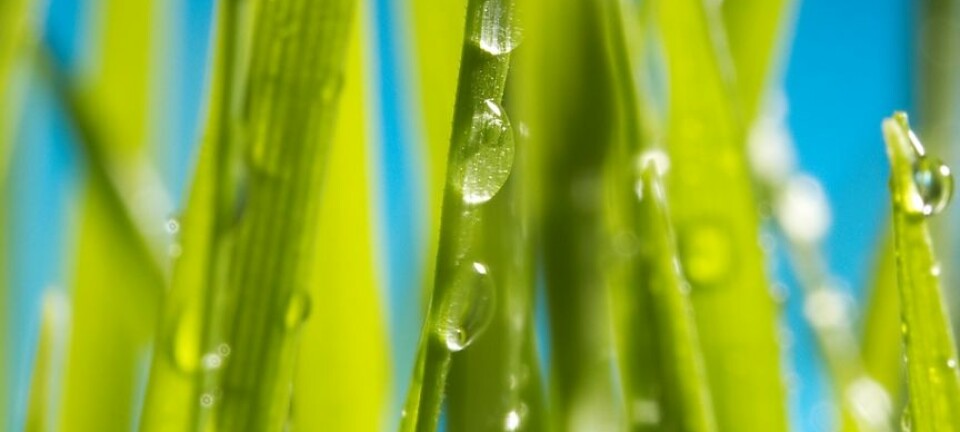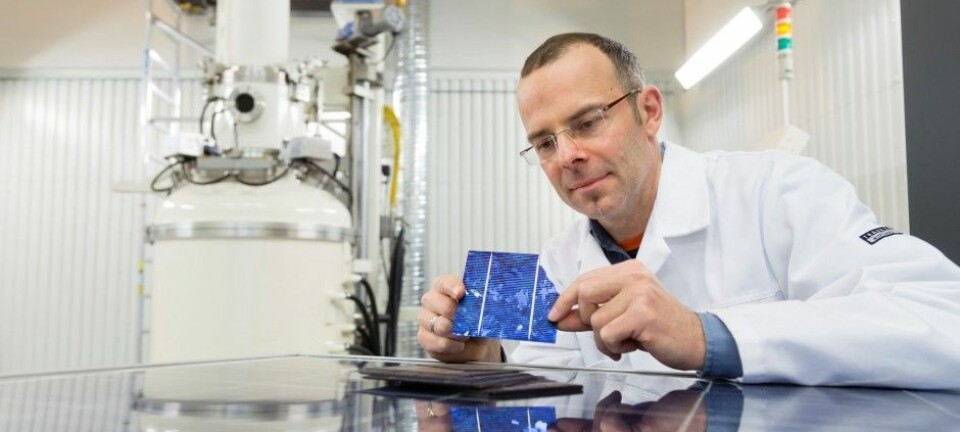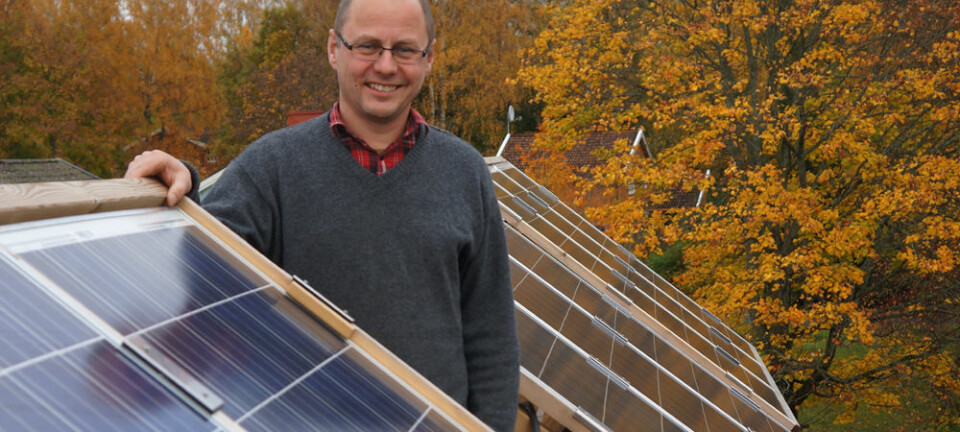
Extreme bacteria can photosynthesise in near total darkness
New study explains how some bacteria manage to photosynthesise in very little light. The discovery could lead to improved solar cells.
In the mud layers at the bottom of lakes and the sea live bacteria that are so extreme that they can convert sunlight into usable energy.
They do it with the help of special antennae and a team of scientists have now mapped the structure of a part of these antennae.
The discovery is the holy grail of molecular photosynthesis research and could eventually be used to make more effective solar cells that are capable of producing electricity at night.
“It’s certainly far off in future, but we can definitely learn something from nature,” says co-author Jakob Toudahl Nielsen, from the Centre for Insoluble Protein Structures (inSPIN) at Aarhus University, Denmark.
“We might be able to make green solar cells than can cope at low levels of light and the knowledge gained from these bacteria could lead the way,” says Nielsen.
The study was recently published in the scientific journal Nature Communications.
Bacteria have the world’s largest sun-catchers
The scientists behind the new study mapped the molecular structure of antennae of the chlorobaculum tepidum bacteria--a green, photosynthetic sulphuric bacteria that lives in the muddy layers at the bottom of lakes and oceans.
The antennae are like micro-sized solar panels that use the energy in sunlight to grow. But scientists have long been intrigued by just how the bacteria manage to photosynthesise with such little light.
“[They] have developed a very complicated antennae known as chlorosomes. These special antennae contain up to 200,000 sun-catching molecules, which make them far and away the largest antennae known in nature,” says co-author Niels-Ulrik Frigaard, from the Department of Biology at the University of Copenhagen, Denmark.
“These antennae are exceptionally effective at catching and converting the sparse solar energy that reaches them,” says Frigaard.
Read More: Scientists discover ‘reverse photosynthesis’
New insights into solar cell technology
Scientists have long understood the general structure of chromosomes in antennae, but they did not know the structure of the proteins that sit at the baseplate of the chlorosomes.
“We know the structure of many other antennae in photosynthetic organisms, but these are much smaller and have a very different structure than the baseplates of chlorosomes. So the baseplates’ precise structure has been a point of frustration for scientists for decades,” says Frigaard.
The baseplate holds the key to understanding how these bacteria can use sunlight so effectively.
The new study now shows that the baseplate is a complex system of nano-tubes that clump together with the sun-catching molecules and act as a type of fibre-optic cable for the chlorosome.
The scientists behind the new study also discovered the precise functions of the baseplate. First, it helps to orientate the antennae in the right direction to make the most of the limited sunlight available to them. Second, it helps to process photons of light more effectively by collecting them and sending them on to be processed.
“Our results give a whole new insight into these molecules that other scientists can continue to work with. We now know the structure and where the different elements are placed in relation to each other. So we can now begin to [study] their energy efficiency and see if we can replicate it in manufactured solar panels,” says Nielsen.
Read More: Turns water into oxygen at the speed of photosynthesis
German colleague is impressed
The new research is the last great frontier in photosynthetic molecular research and provides a complete overview of how the bacteria transfer energy from sunlight to a form that they can use.
Professor Jürgen Köhler from the Bayreuth Institute of Macromolecular Research, Germany, also studies chlorobaculum tepidum bacteria. He is impressed by the new results.
“To have the 3D-strucutre of the baseplate is a big step forward in the understanding of the function and energy transfer of the whole antennae system. Until now one of the components of energy transfer was unknown, specifically the roll of the baseplate. So if this study holds up, then it fills a void in our knowledge,” says Köhler.
-------------
Read the Danish version of this article on Videnskab.dk
Translated by: Catherine Jex










